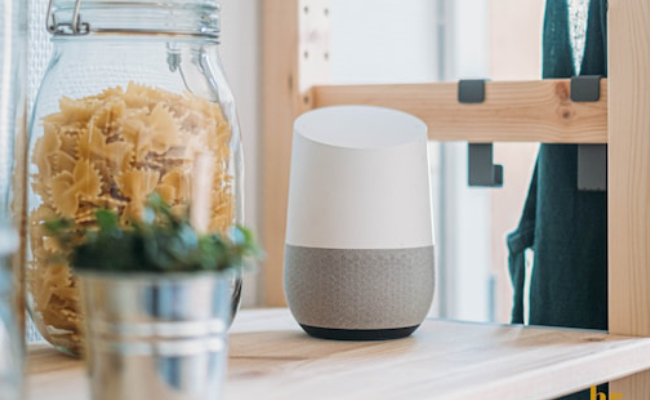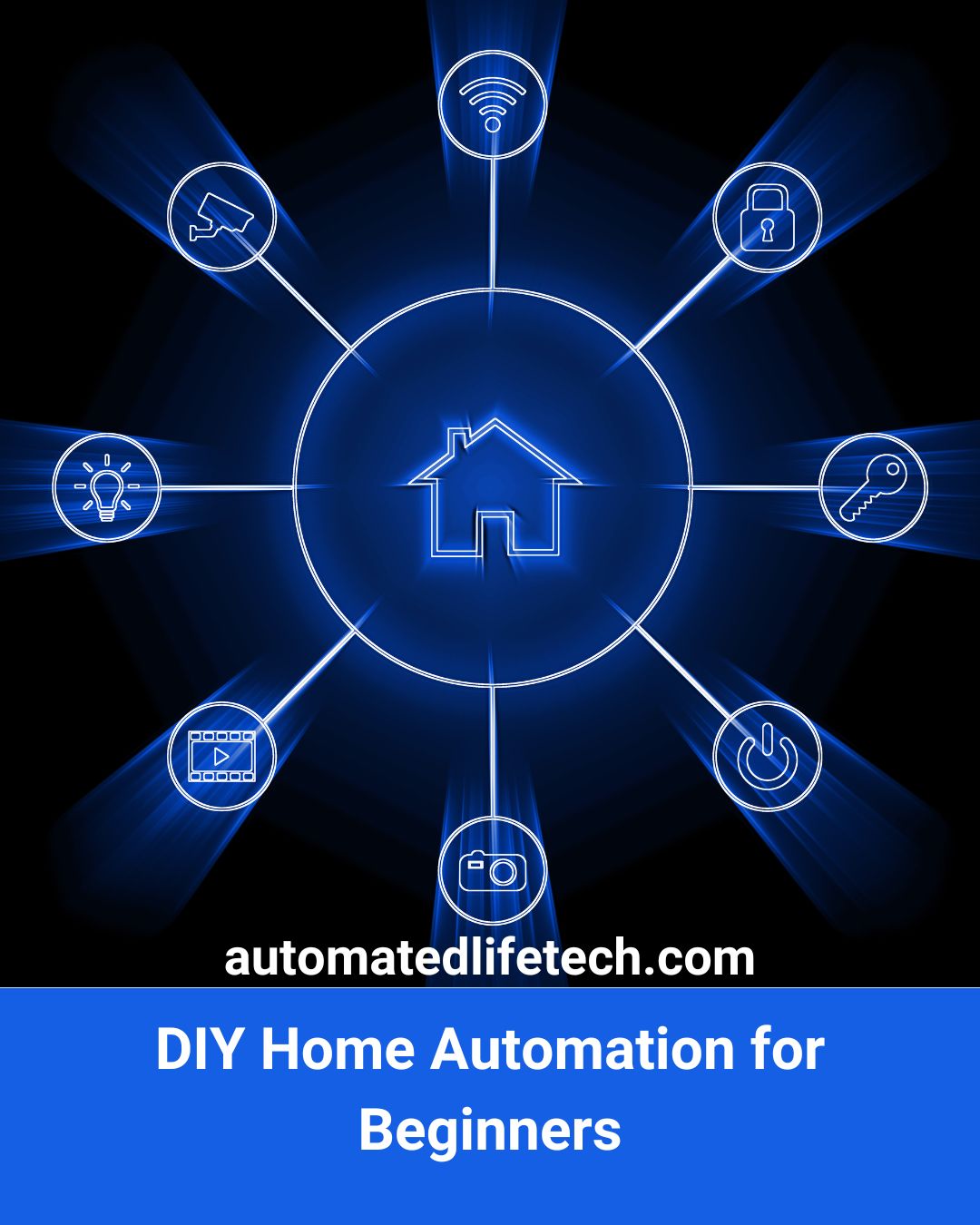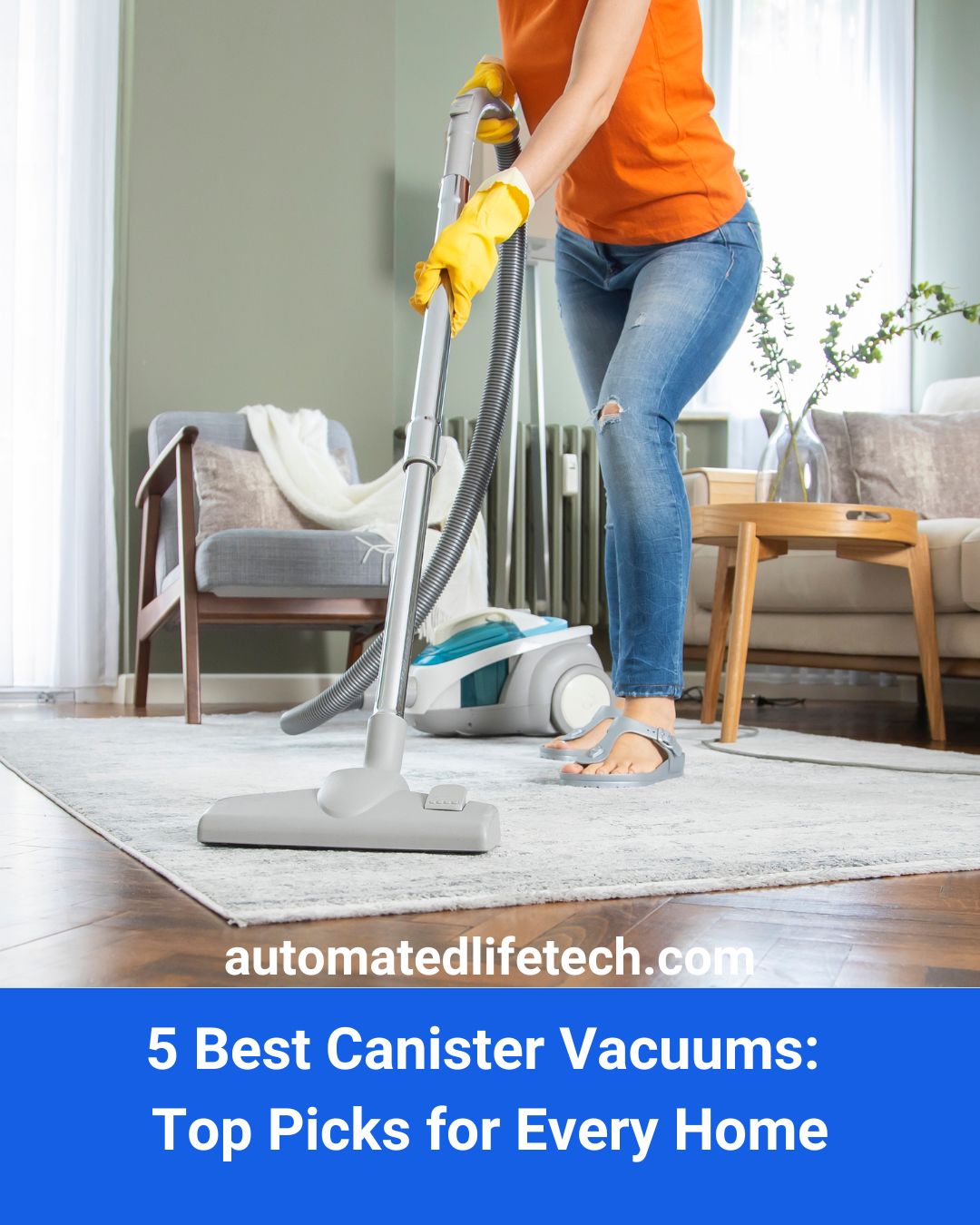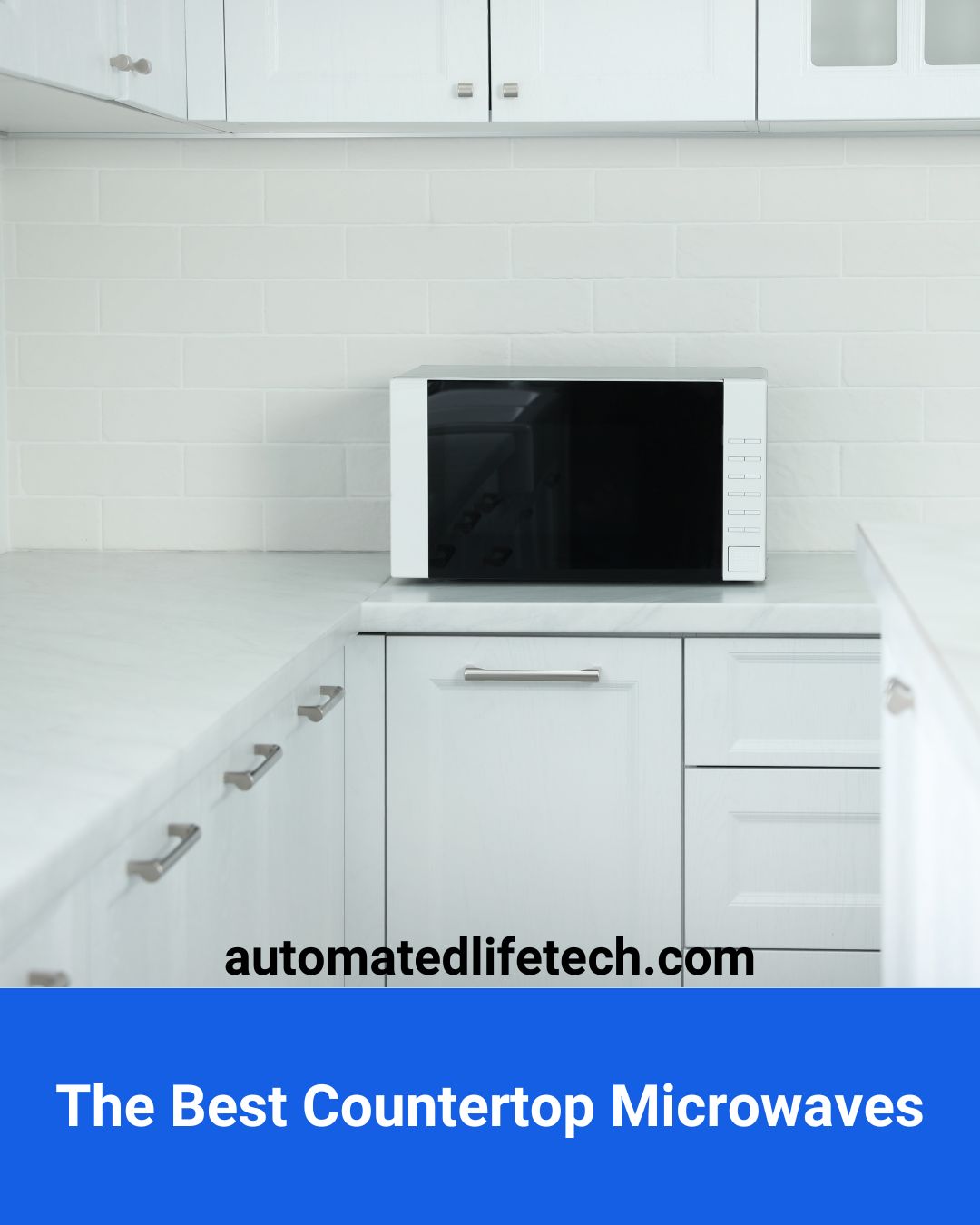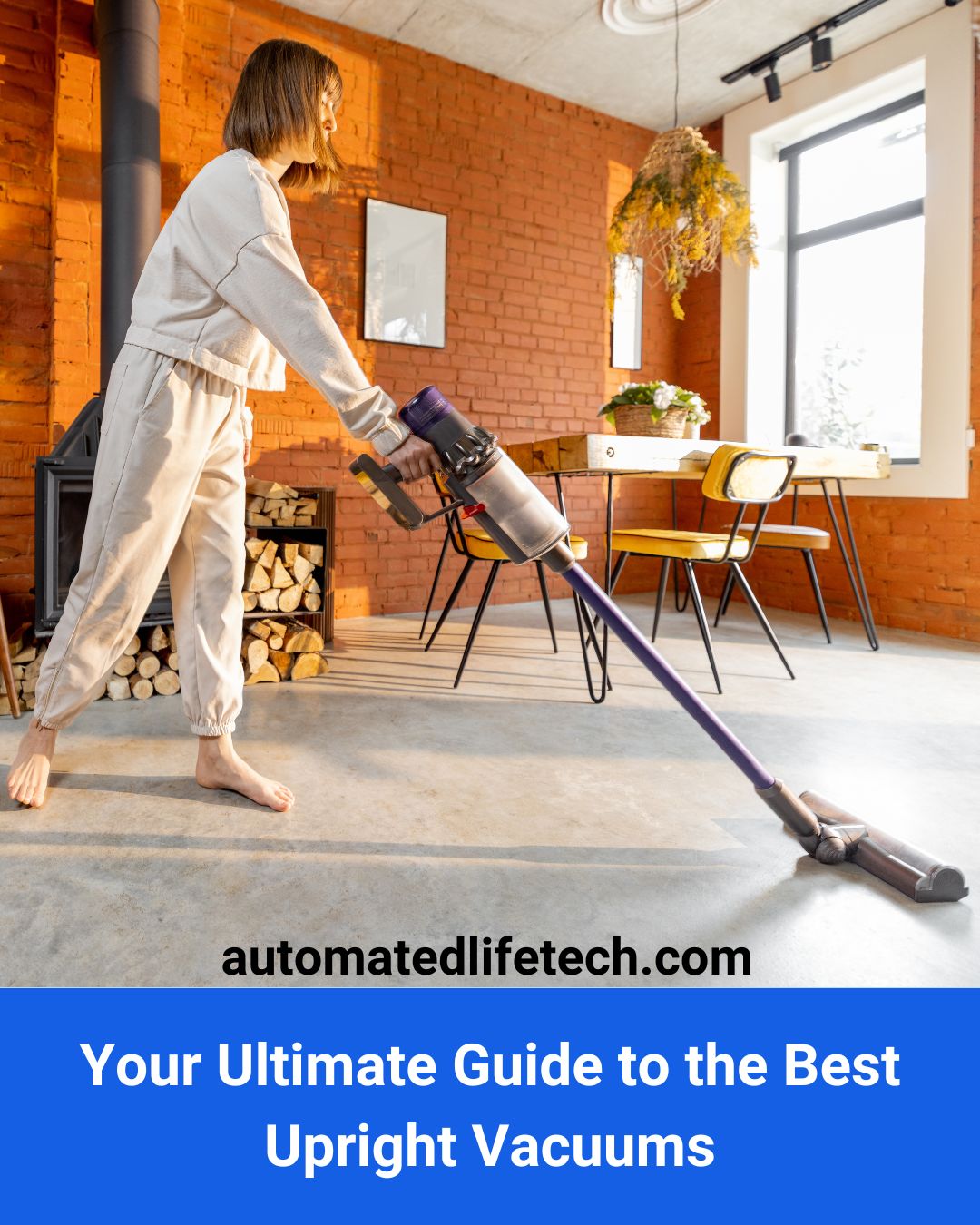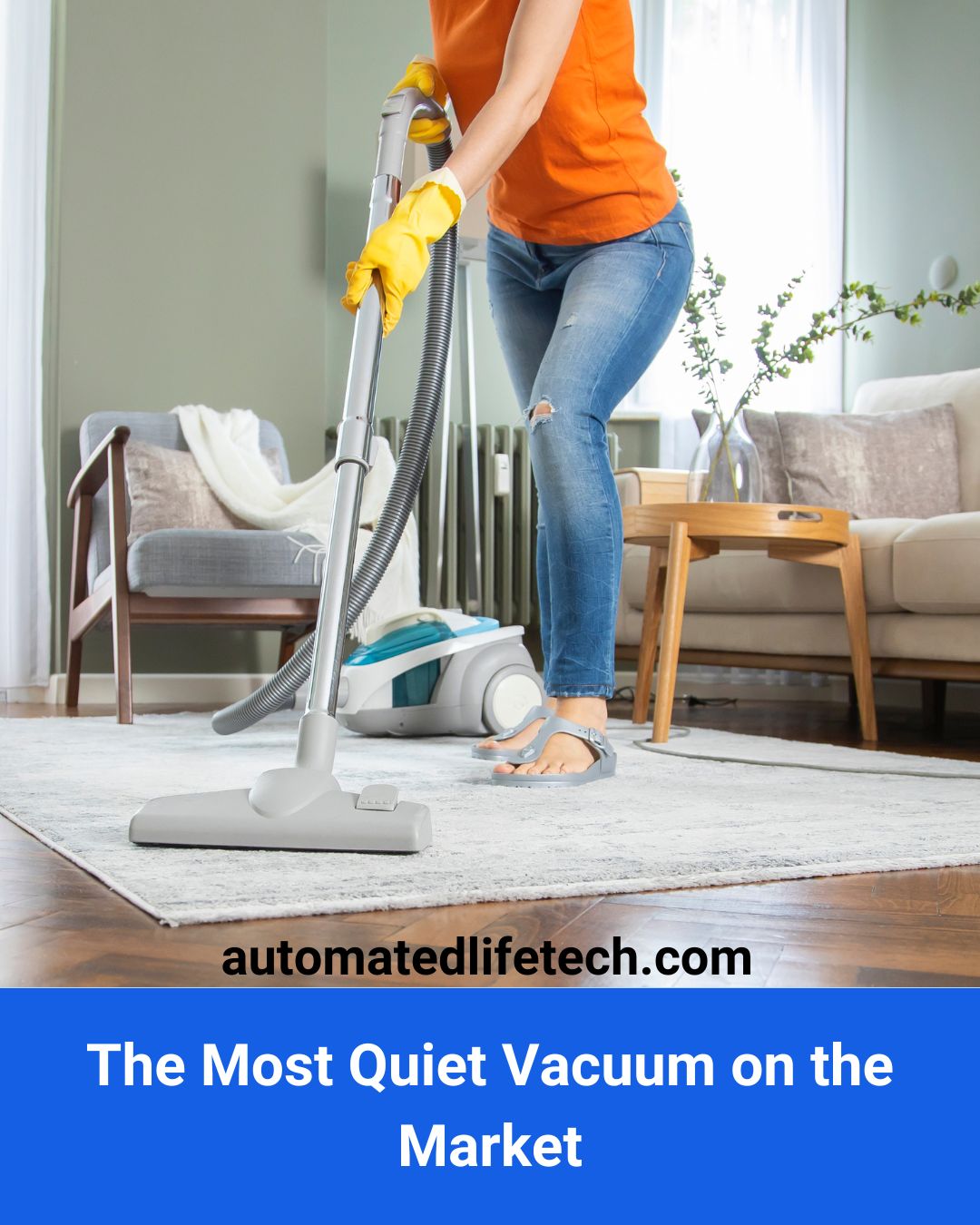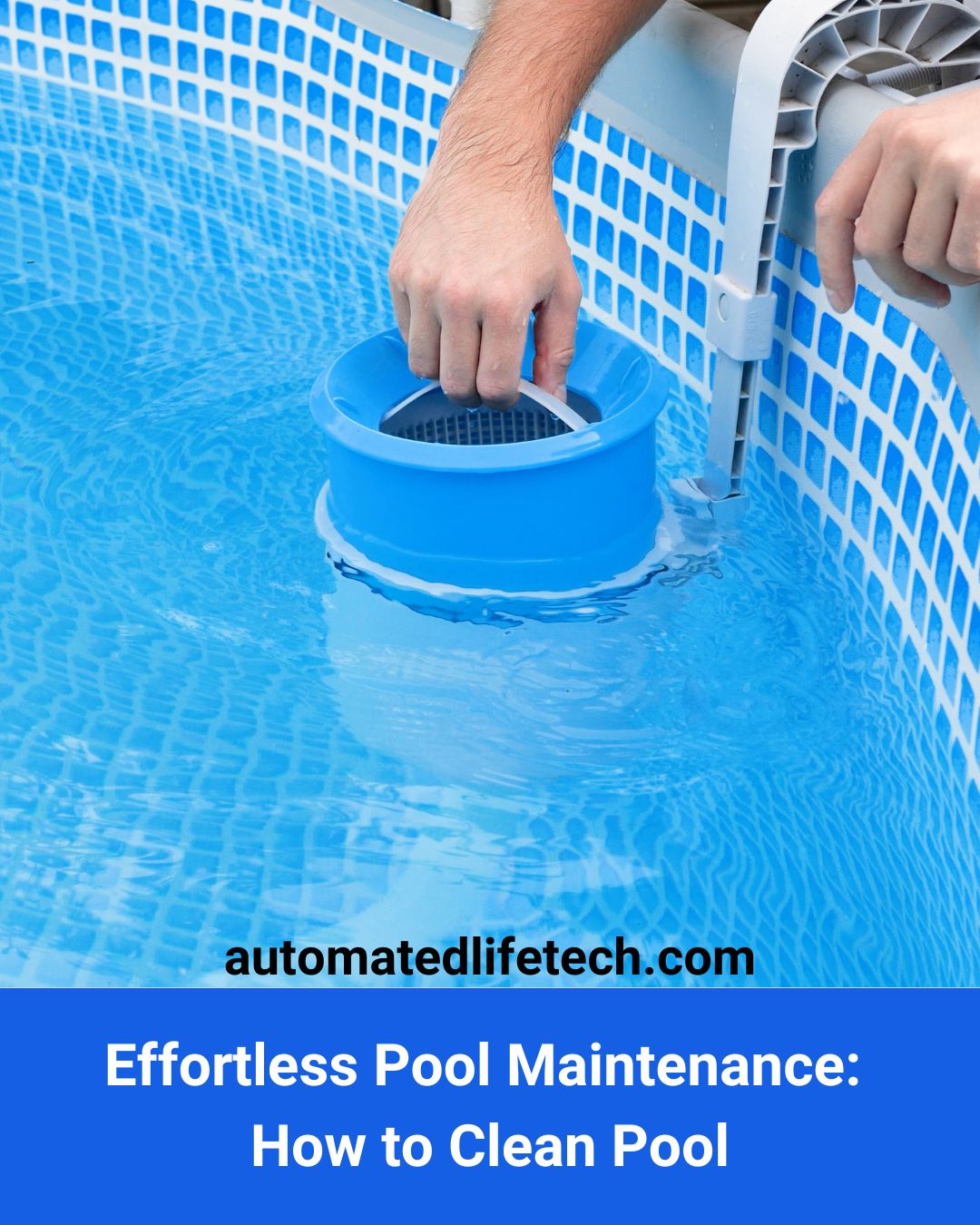Spending thousands of dollars on a pre-built automated home system and paying for installation (and possibly subscription) only to learn that the setup doesn’t make quite the fit you’re hoping for is a financial and logistics mess that is difficult to recover from. While home automation systems are trending for good reason, we’re still worlds away far from having a one-type-fits-all solution for all households. In fact, we shouldn’t expect one since each home is riddled with its own unique challenges and needs.
DIY home automation is often associated with practicality and alternative solutions, but there are some cases where it can rival or even outperform professionally installed smart homes. After all, DIY lets owners design a more elaborate and personal setup that directly feeds into their impulse and preferences, which are sometimes just too difficult to convey to third contractors.
Read here for information on the best home automation systems.
Click here for home automation ideas.
How Should I Get Started in DIY Home Automation?
If you’re looking to establish your own smart home automation system from scratch, then one of the first steps is determining what it is that you wish to automate. Is it just the lighting or entertainment system, or are you more interested in improving home safety by installing new security cameras or sensors to your garage door? Once you have your priorities in order, then purchasing and installing home automation devices can become an easier and more efficient endeavor.
Choose Your DIY Home Automation System
One factor that is often overlooked by homeowners when making their first purchase for their home automation system is their preferred ecosystem or platform. There are three main systems that you can use to control your smart devices: Google Home, Amazon Alexa and Apple HomeKit.
There is also Samsung’s Smart Things and other open-source platforms that are worthy of consideration, but the big three tend to be more convenient and practical due to the sheer number of compatible devices that they support. Some of which might already exist in your household. Building on that, here’s what we think are the advantages of using one of the leading smart home platforms as of today:
Amazon Alexa
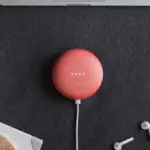 Amazon is a pioneer in home automation. As a result, they have the widest range of devices that are compatible with their system. They also haven’t rested on their laurels after establishing their place in the market. They continue to introduce upgrades in the form of new products or software updates for existing devices. Finding compatible products from third-party manufacturers is also rarely a challenge because the company literally has its own marketplace that hosts them.
Amazon is a pioneer in home automation. As a result, they have the widest range of devices that are compatible with their system. They also haven’t rested on their laurels after establishing their place in the market. They continue to introduce upgrades in the form of new products or software updates for existing devices. Finding compatible products from third-party manufacturers is also rarely a challenge because the company literally has its own marketplace that hosts them.
Google Home
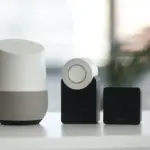
Apple HomeKit
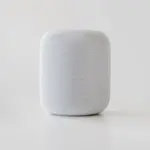
Z-Wave
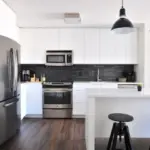
Samsung SmartThings

Choose Your First Smart Device
There are tons of ways to automate your home which is normally a great thing since this means you can build a DIY smart home from many different ways. However, it can also be overwhelming since you can be lulled into making some unnecessary purchase. In general, we recommend starting with a couple of smart devices that are affordable, easy-to-use and truly address your immediate concern at home. You can also save money by building around your preferred smart home ecosystem early on. Some common smart home technology that can lead to interesting projects are:
Smart Lights

Smart Outlets
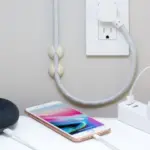
Smart Door Lock
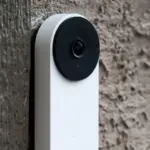
Virtual Assistant

Security Camera
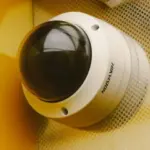
Smart Thermostat
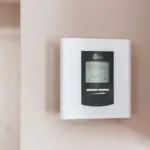
Cost for Your DIY Home Automation System
Our own experience with DIY smart home technology is in line with Home Advisor’s estimate of about $100 – $3,000 one-time purchase depending on the level of security or functionality you’d like to enable for your home automation project. This is significantly more cost-efficient that subscription-based systems where you may be asked to pay hundreds or thousands of dollars just to keep the service running.
Connect More Smart Home Devices
The eventual goal of every smart home enthusiast is to have every enabled device connected in one central hub. For this to happen, it’s best if you can identify your preferred platform (e.g., Apple HomeKit, Google Home, Amazon Alexa) early on before committing to a string of single smart device purchases. This makes every succeeding purchase of compatible devices innately valuable to your smart home setup.
Get Started with Your Simple DIY Home Automation System
DIY home automation is an exciting project since you’re not forced to make a heavy investment just to get started. As a matter of fact, it’ll always let you move at your own pace and make customization as you see fit.
With the right mindset, you should be able to easily veer away from wasting resources since you’re fully aware and in control of the parts of your home that will seemingly benefit most from automation. If you’d like to learn more about how this incredible technology can improve the overall quality of your everyday life, then check out our post featuring more home automation ideas and principles that you can integrate in your DIY project.
Click here to read up on the best robot and map vacuum to start you off with home automation.

